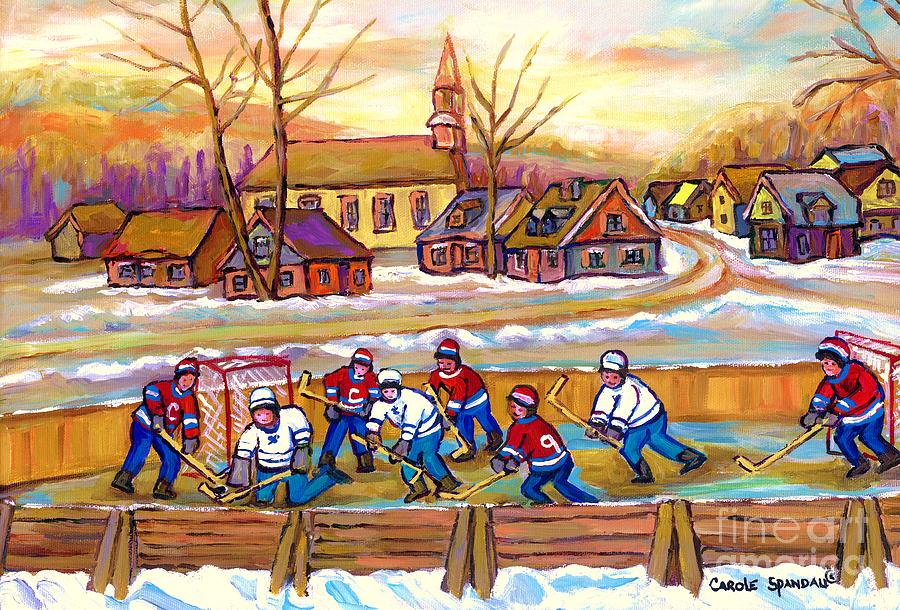4
These are difficult stories. We bear witness in this chapter to the role of sport in furthering the settler colonial projects throughout Turtle Island. Here are some supports to access in the community and from a distance:
First Peoples House of Learning Cultural Support & Counselling
Niijkiwendidaa Anishnaabekwag Services Circle (Counselling & Healing Services for Indigenous Women & their Families) – 1-800-663-2696
Nogojiwanong Friendship Centre (705) 775-0387
Peterborough Community Counselling Resource Centre: (705) 742-4258
Hope for Wellness – Indigenous help line (online chat also available) – 1-855-242-3310
LGBT Youthline: askus@youthline.ca or text (647)694-4275
National Indian Residential School Crisis Line – 1-866-925-4419
Talk4Healing (a culturally-grounded helpline for Indigenous women):1-855-5544-HEAL
Section One: History
A) The Residential School System
Exercise 1: Notebook Prompt
We are asked to honour these stories with open hearts and open minds.
Which part of the chapter stood out to you? What were your feelings as you read it? (50 words)
| What struck me most was the refusal of joy and cultural expression through sports to Indigenous children. I felt very upset and angry to read about how European games were replacing their traditional ones. It demonstrated how Indigenous children were controlled and their identities were erased through fun.
|
B) Keywords
Exercise 2: Notebook Prompt
Briefly define (point form is fine) one of the keywords in the padlet (may be one that you added yourself).
| When outsiders arrive in a territory, live there permanently, and attempt to displace the native population, this is known as settler colonialism. Land is taken, Indigenous cultures are erased, and a new society is built on top of the existing. It is relentless and deeply connected to control and authority structures.
|
C) Settler Colonialism
Exercise 3: Complete the Activities
Exercise 4: Notebook Prompt
Although we have discussed in this module how the colonial project sought to suppress Indigenous cultures, it is important to note that it also appropriates and adapts Indigenous cultures and “body movement practices” (75) as part of a larger endeavour to “make settlers Indigenous” (75).
What does this look like? (write 2 or 3 sentences)
| This seems to be the introduction and modification of Indigenous rites, dances, or sports by settlers without acknowledging their cultural significance. In the process of erasing and marginalizing real Indigenous peoples, these rituals tend to be taken out of context and used to give settlers a false feeling of connection to the land. |
D) The Colonial Archive
Exercise 5: Complete the Activities
Section Two: Reconciliation
A) Reconciliation?
Exercise 6: Activity and Notebook Prompt
Visit the story called “The Skate” for an in-depth exploration of sport in the residential school system. At the bottom of the page you will see four questions to which you may respond by tweet, facebook message, or email:
How much freedom did you have to play as a child?
What values do we learn from different sports and games?
When residential staff took photos, what impression did they try to create?
Answer one of these questions (drawing on what you have learned in section one of this module or prior reading) and record it in your Notebook.
| When residential staff took photos, what impression did they try to create?
Staff members at residential schools attempted to portray an image of a disciplined, directed setting when they took pictures. In order to hide the harsh realities and oppressive nature of the schools, these pictures were often made to show kids participating in planned events. The public had been misinformed about the actual suffering of Indigenous children, and the system was justified by this representation. |
B) Redefining Sport
B) Sport as Medicine
Exercise 7: Notebook Prompt
Make note of the many ways sport is considered medicine by the people interviewed in this video.
| In the video, the people interviewed describe sports as a powerful form of medicine in many different ways. For them, sports are more than simply physical activity; they have deep meaning and are sometimes seen as a holy blessing from the Creator, also known as the “medicine game.” On top of that, sports are important for healing since they promote mental and physical health. It offers individuals a sense of purpose and a productive way to release tension and feelings. Indigenous communities and youth benefit culturally from sports by maintaining ties to their heritage, customs, and values. Particularly through traditional games that have been handed down through the centuries, it reinforces a sense of identity and pride. Last but not least, sports connect individuals, creating lasting connections and promoting unity throughout communities. All things considered, sports are seen as a holistic kind of medicine that benefits the body, mind, and soul.
|
C) Sport For development
Exercise 7: Notebook Prompt
What does Waneek Horn-Miller mean when she says that the government is “trying but still approaching Indigenous sport development in a very colonial way”?
| The government is still supporting Indigenous sport in a colonial way, according to Waneek Horn-Miller, by maintaining control, using Western methods, and excluding Indigenous people from all decision-making processes. The government regularly imposes its own beliefs on Indigenous peoples rather than working together in a real partnership or respecting their customs and traditions. So, despite their best efforts, it still feels as though Indigenous communities are being treated as objects rather than partners. |
Exercise 8: Padlet Prompt
Add an image or brief comment reflecting some of “binding cultural symbols that constitute Canadian hockey discourse in Canada.” Record your responses in your Notebook as well.

|
Section Three: Decolonization
Please see the major assignment for this half of the term in the final section of this chapter.

